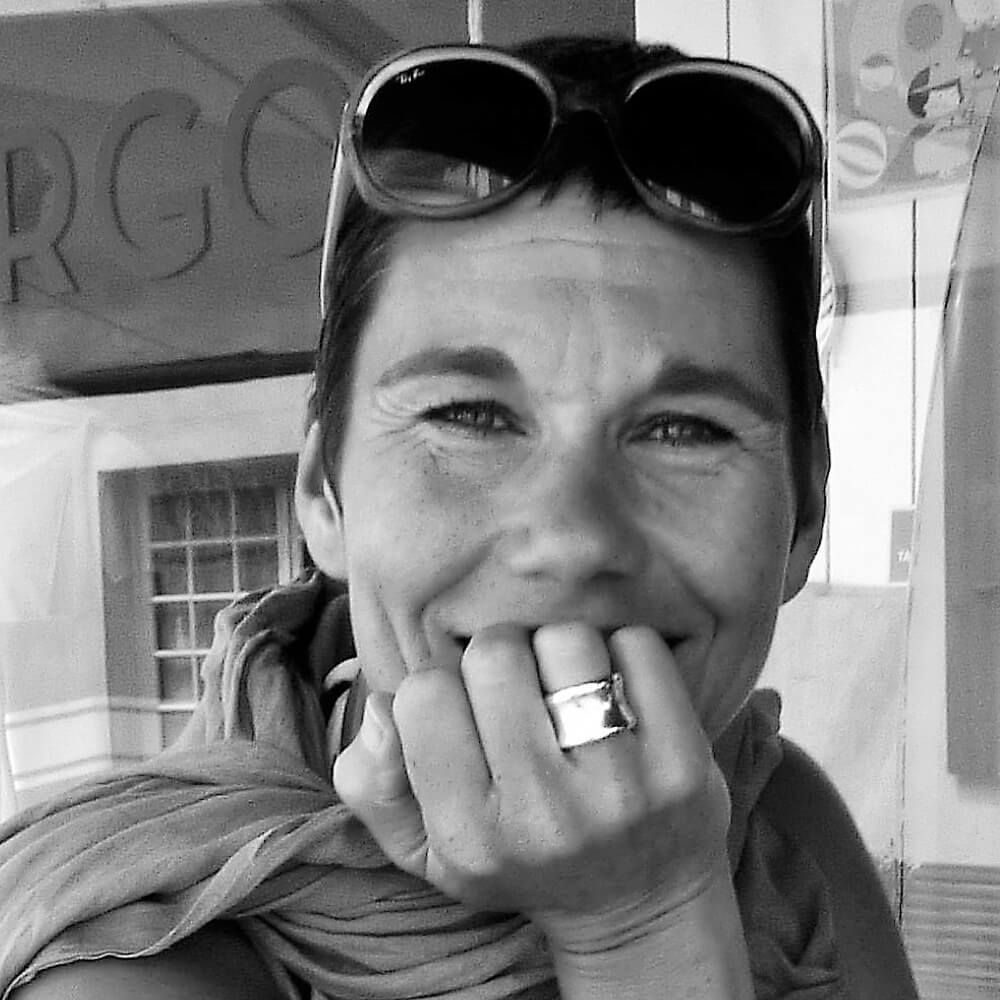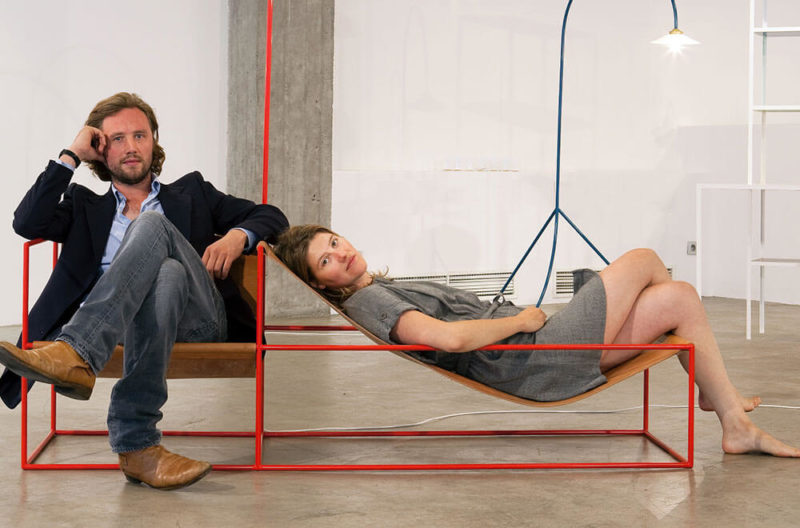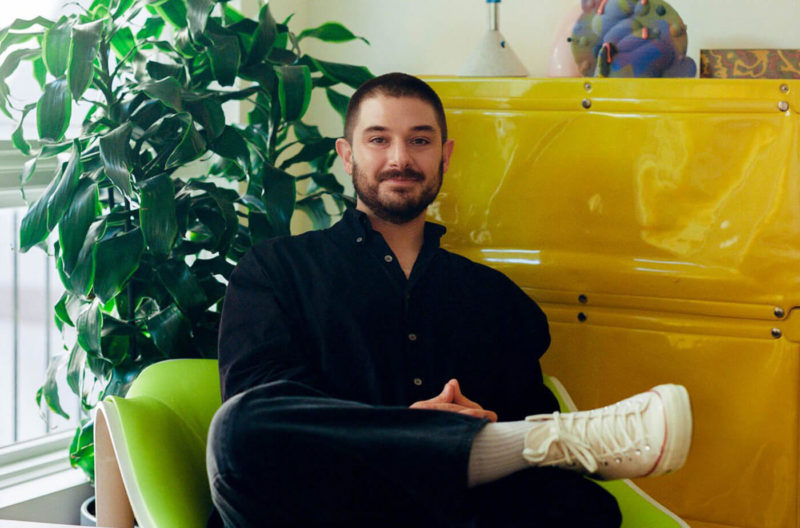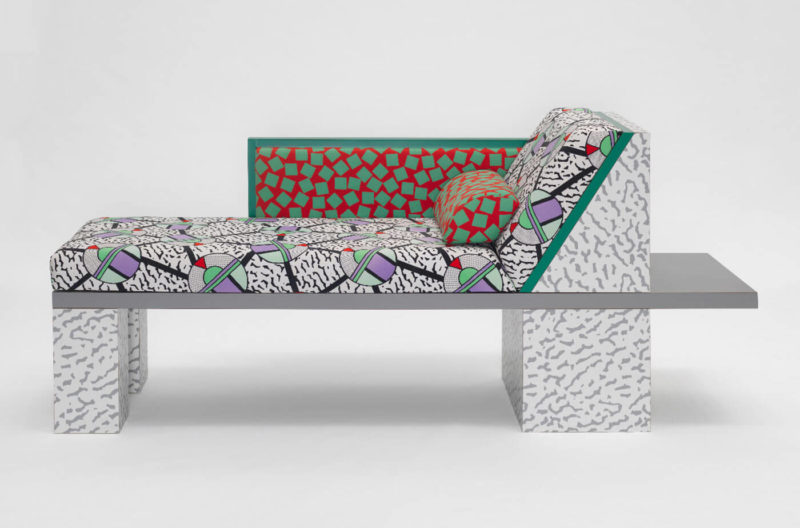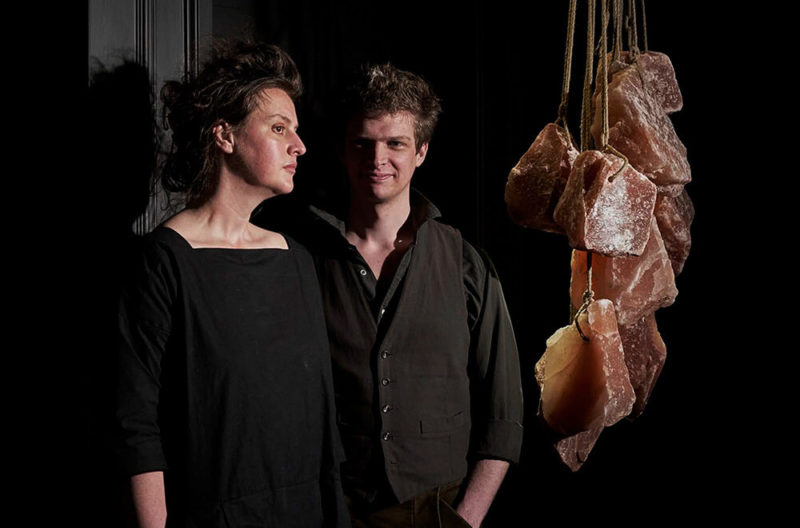James Mair
He started out showing Tom Dixon, Ron Arad and Danny Lane. TDE finds out where his design tastes led.
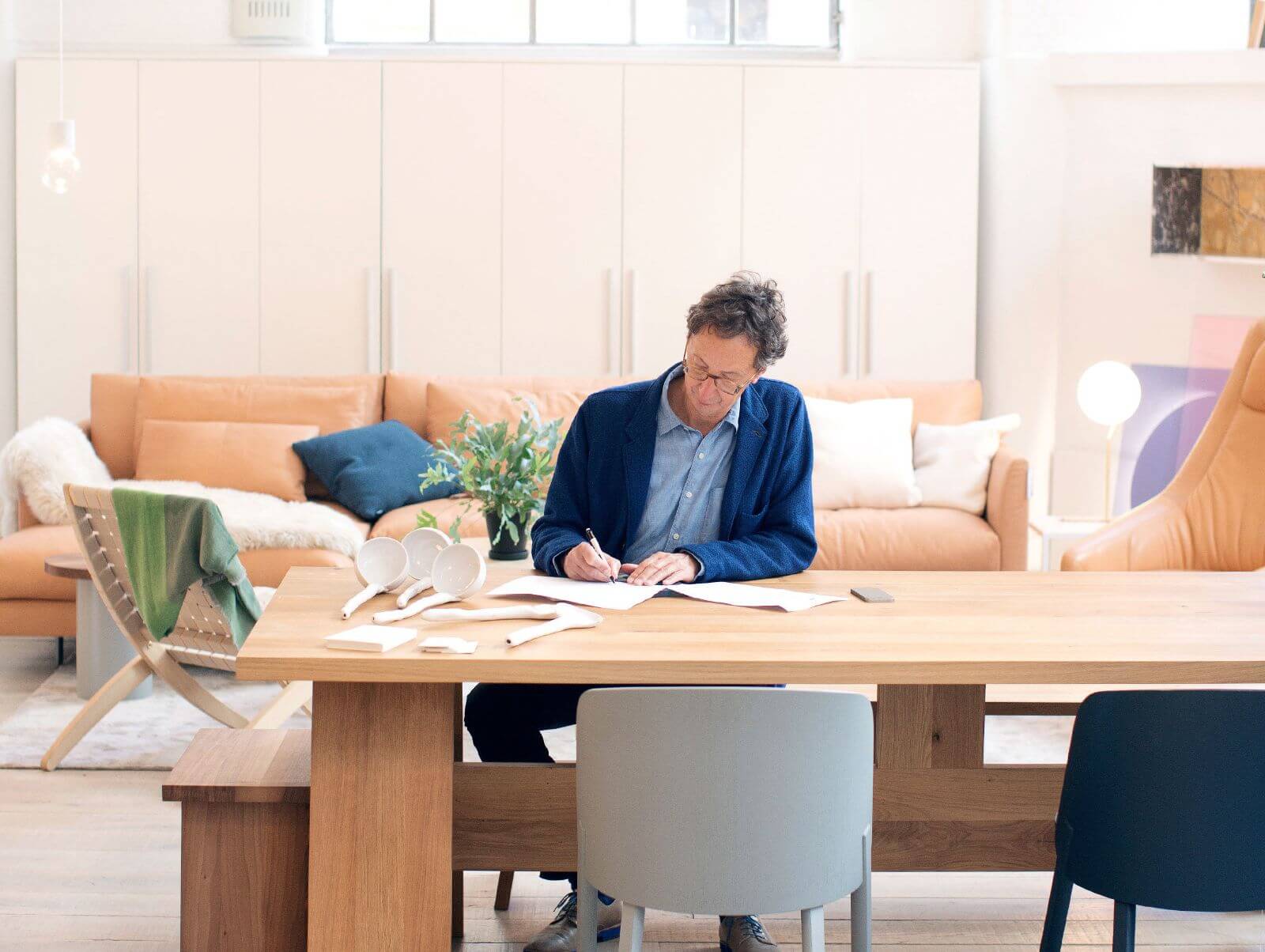
James Mair
COURTESY: James Mair
AS FOUNDER AND Managing Director of one of London’s oldest contemporary design showrooms, Viaduct, James Mair has played a key role in shaping the aesthetics of the last three decades. Starting out in the early 1990s with exhibitions of early work by Tom Dixon, Ron Arad, Danny Lane and Philippe Starck, Viaduct has gained an international reputation as the UK launch pad for many leading designers and brands – including Maarten Van Severen, e15’s Philipp Mainzer, Giopato & Coombes, and Valerie Objects.
Mair’s latest exhibition celebrating another of his ‘finds’, Belgian design duo Muller Van Severen, opens on 14th September at Viaduct in east London.
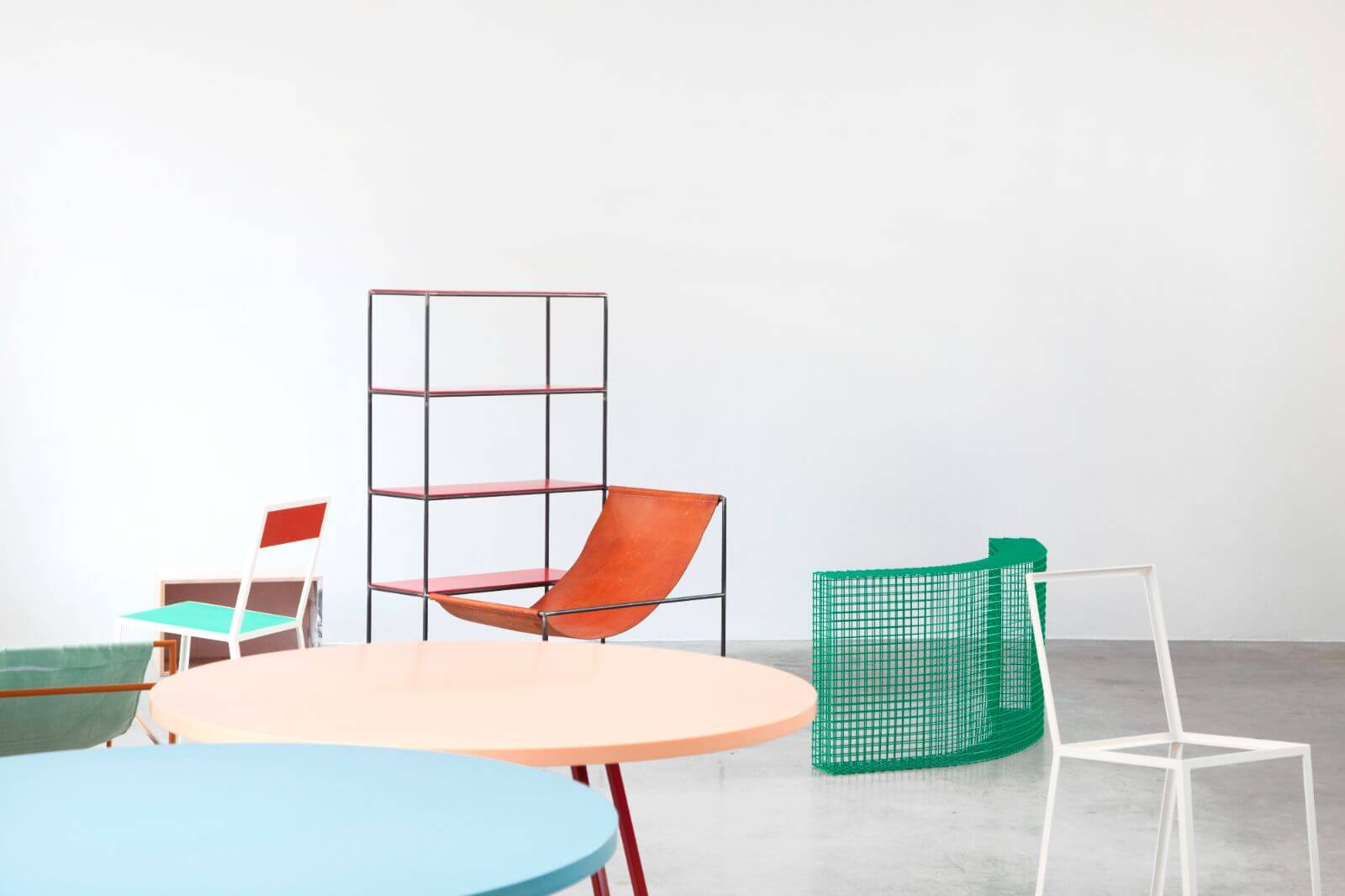
Muller Van Severen x Viaduct
COURTESY: Viaduct & Muller Van Severen
TDE: Was there ever a time when you weren’t interested in design?
James Mair: Yes, until I was about 18! It was only when I was in Sydney after I left school that I became aware of any design interest – I saw some houses being built and thought that I could do a much better job. When I came back to the UK, I decided to study architecture instead of maths at university.
TDE: You worked as an architect/designer in London for a few years after university. Why the pivot into design retail?
James Mair: The mid to late-eighties was a time of immense creativity in furniture design. Ron Arad had his design and production studio One-Off showing work by Danny Lane, Tom Dixon was sharing a workshop with André Dubreuil, and Jasper Morrison was just graduating from the RCA. Then the Italians, initially in the form of Giulio Cappellini, began working with UK designers and British designers started getting internationalised in the market. But there wasn’t much of a design scene in terms of retail appreciation. I was very naive – I didn’t even know the difference between contract and retail – but I was arrogant enough to think that if I loved this furniture then other people would too.
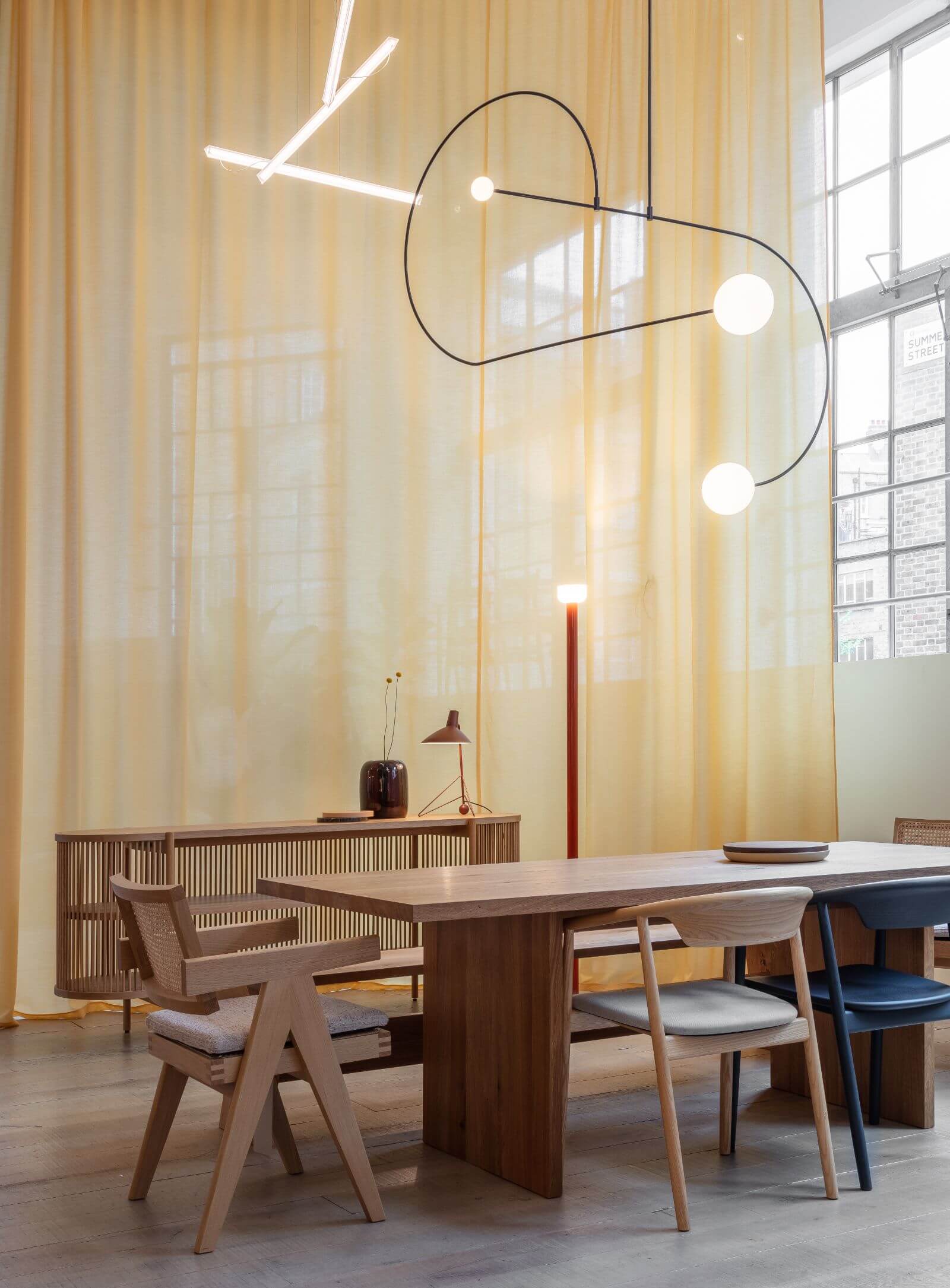
Viaduct showroom
COURTESY: Viaduct / PHOTOGRAPH: © Nicholas Worley
TDE: And so Viaduct began … tell us about the name.
James Mair: It’s named for its purpose: to act as a ‘bridge’ connecting designers to those interested in their work.
TDE: The showroom first opened in Kentish Town in March 1989. Who would we have seen?
James Mair: We had various young British designers, including D’Soto, Martin Ryan and Richard Heatly, plus work by André Dubreuil and some things by Italian companies Movimento Moderno and Zeus, who Ron Arad was working with.
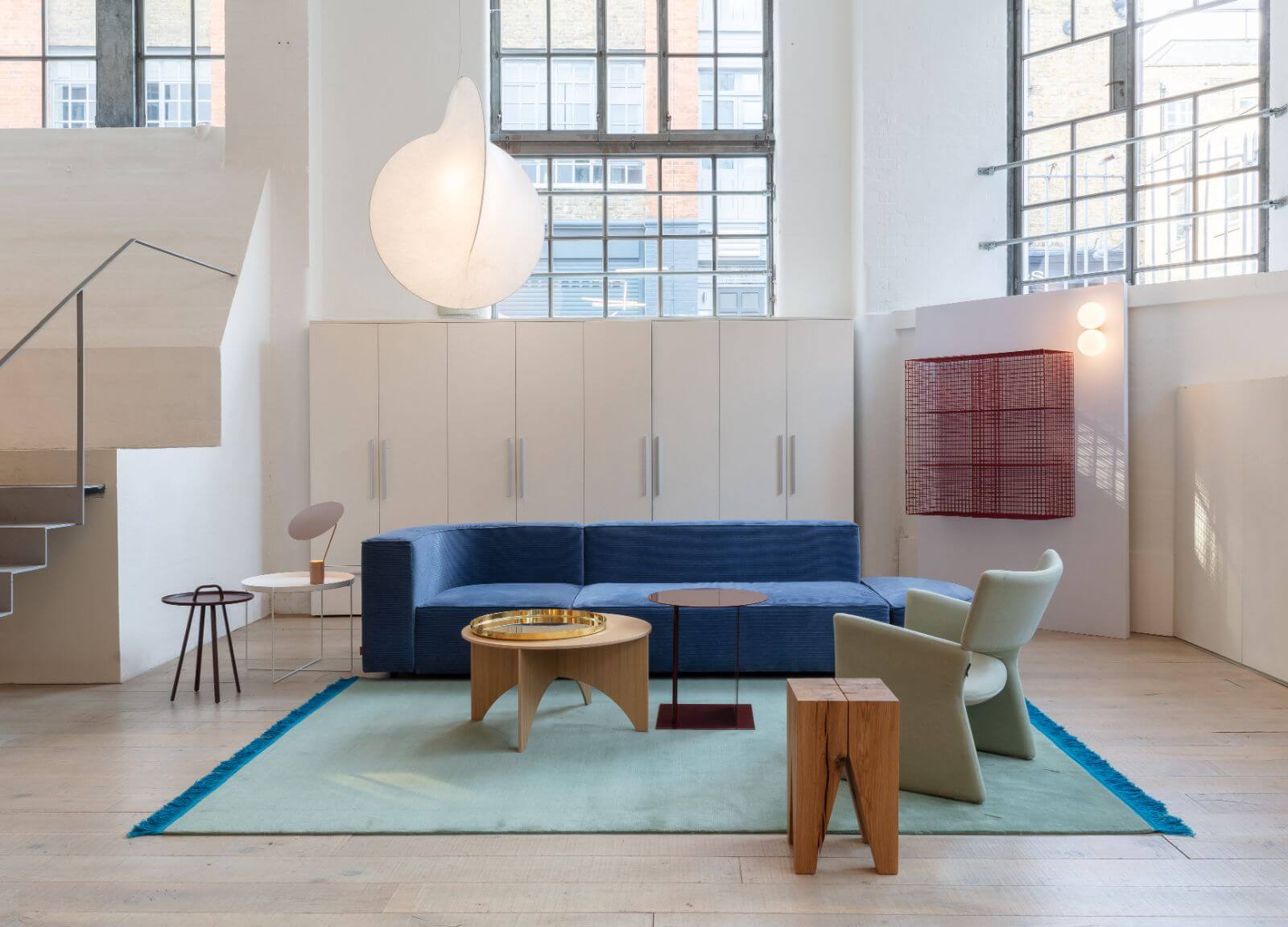
Viaduct showroom
COURTESY: Viaduct / PHOTOGRAPH: © Nicholas Worley
TDE: Many of the people you bring to Viaduct are unknown in the UK. What are you looking for in a Viaduct design?
James Mair: The first thing is not fashion. Then, because I’m a natural minimalist, it’s got be visually very light. And beautifully crafted.
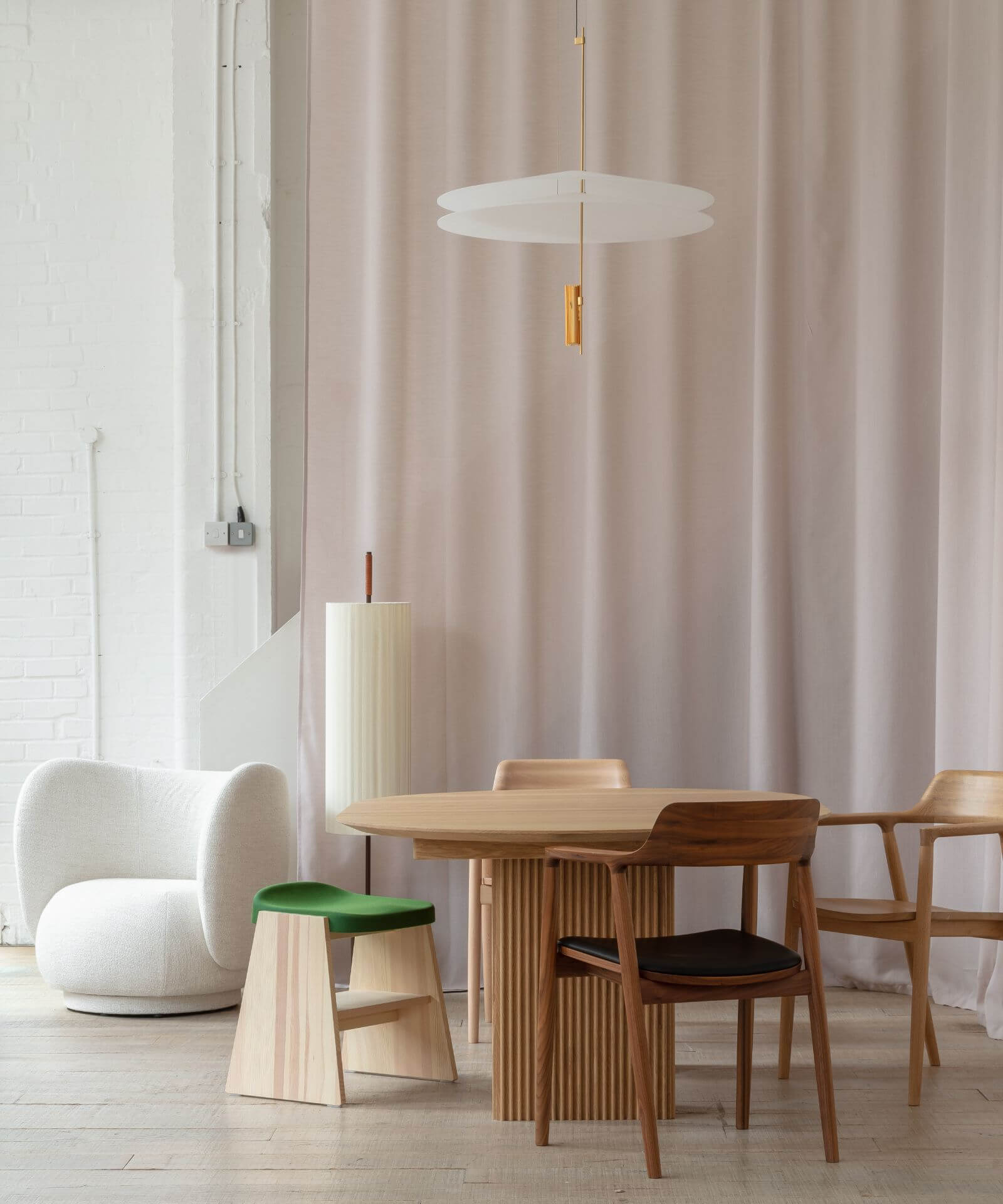
Viaduct showroom
COURTESY: Viaduct / PHOTOGRAPH: © Nicholas Worley
TDE: Qualities encapsulated by Maarten Van Severen, one of your early discoveries.
James Mair: Yes. I was introduced to Maarten in the early 1990s and his pieces were so minimal and so beautifully made that I knew I had to bring him to the UK. The timing wasn’t quite right – we were in the middle of a recession it and minimalism seems to be popular when people are feeling optimistic – but in 1996 we finally put on a big exhibition at the new showroom in Clerkenwell. We worked together until his death in 2005.
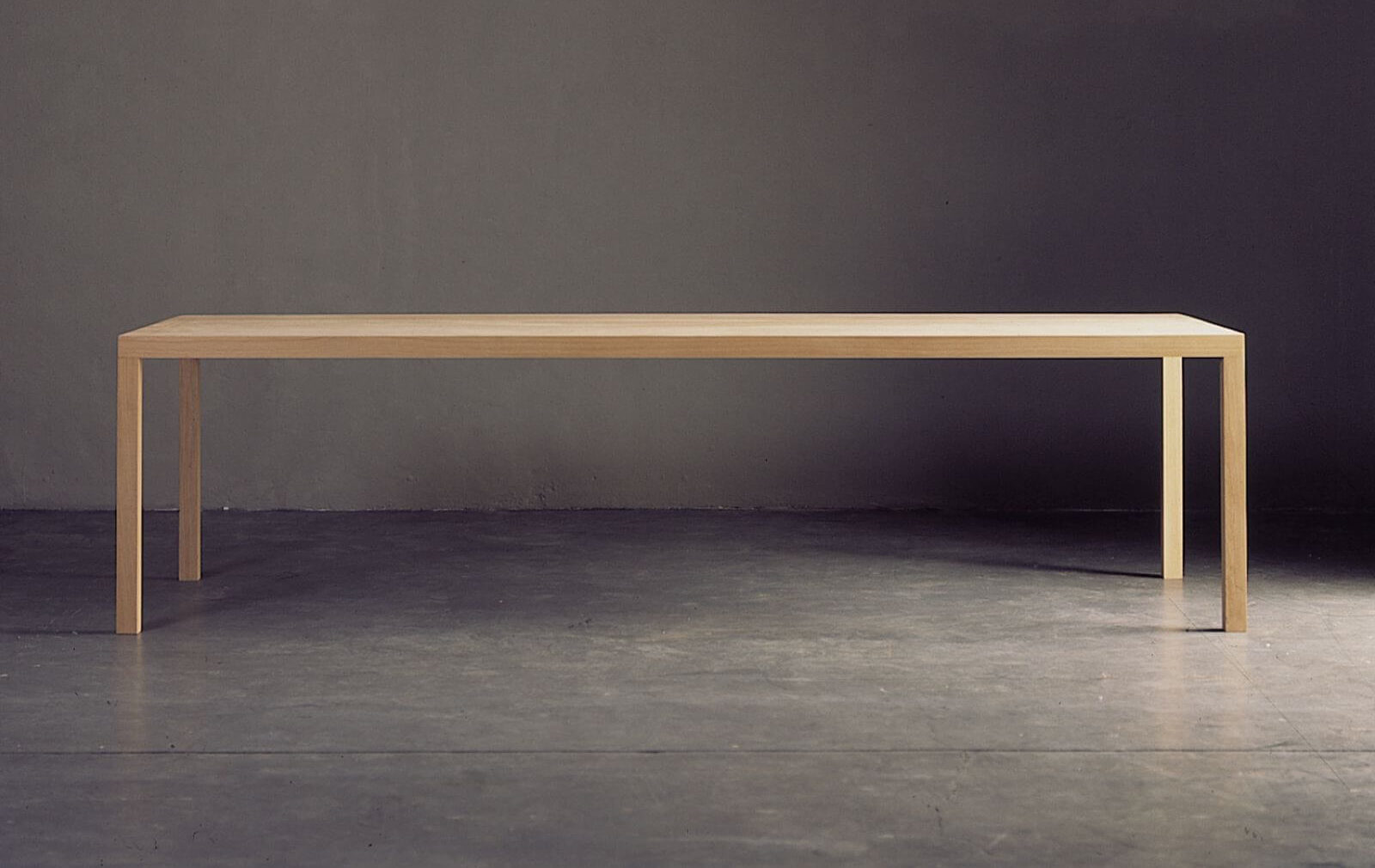
Maarten Van Severen, ‘Dining Table’, 1988
COURTESY: James Mair
TDE: Exhibitions have always been an important part of Viaduct, explain why.
James Mair: Well, we’re not really a shop – we’re on a back street – and I like encouraging different dialogues by bringing different people to the showroom. The first exhibition of work by Tom Dixon, Ron Arad and Danny Lane in 1990 put us on the map then, in 1992, we showed Philippe Starck, a year before the Design Museum’s show. It was amazing, we managed to include pretty much every manufacturer he was working with at the time. We were expecting around 200 at the private view, but a (false) rumour went round that Philippe was going to be there and almost 900 turned up!
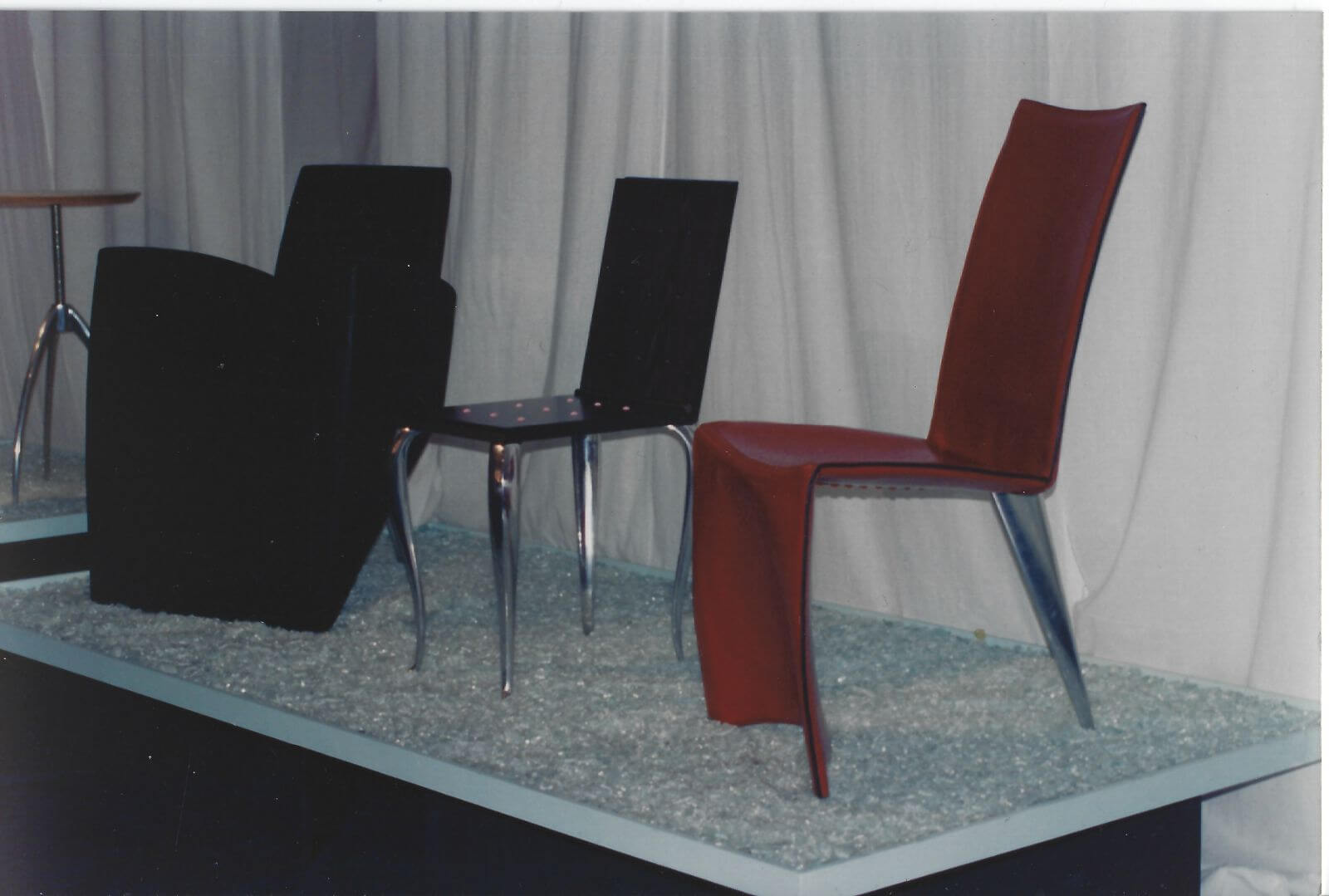
Philippe Starck Show at Viaduct 1992
COURTESY: Viaduct
TDE: The latest exhibition is a celebration of Viaduct’s 10-year relationship with Muller Van Severen. You’ve shown their work from the start.
James Mair: Yes, Hannes is Maarten Van Severen’s son and he works with his partner Fien Muller. What I like about their work is that they don’t think like furniture designers – he’s a sculptor, and she’s a photographer – and their work is almost a play on their relationship and how they’ve had to create multi-functional pieces in the places they have lived.
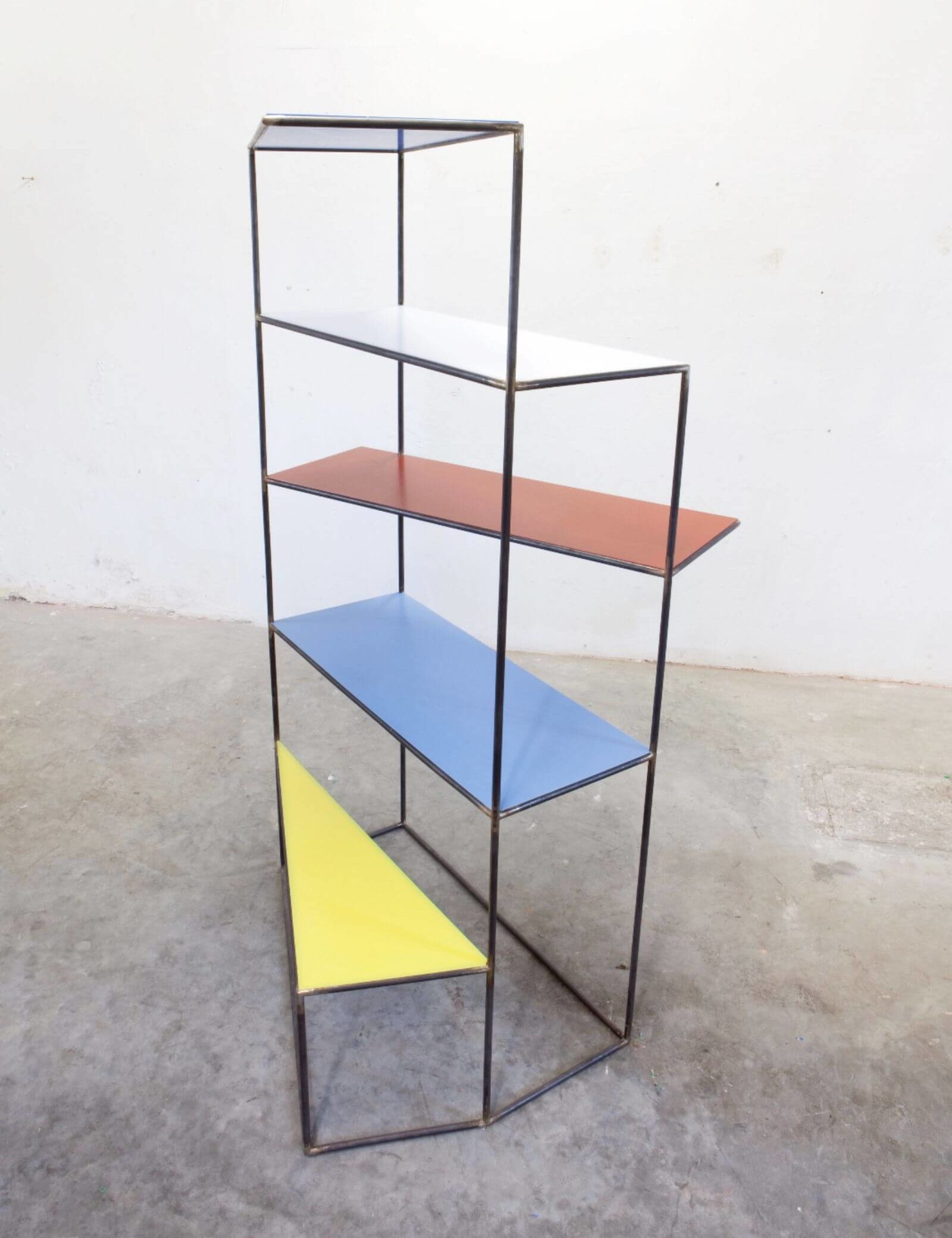
Muller Van Severen x Viaduct, ‘Writing Desk’, 2012
COURTESY: Viaduct & Muller Van Severen
TDE: There are more than 20 pieces in the show. Can you pick out a couple of highlights?
James Mair: The ‘Writing Desk’, which is a very clever, sculptural, piece that’s arranged so someone can sit on either side of the desk. It speaks of their working together. And a chair with a slung leather seat and a piece of granite as an arm or shelf. I’m buying that for myself.
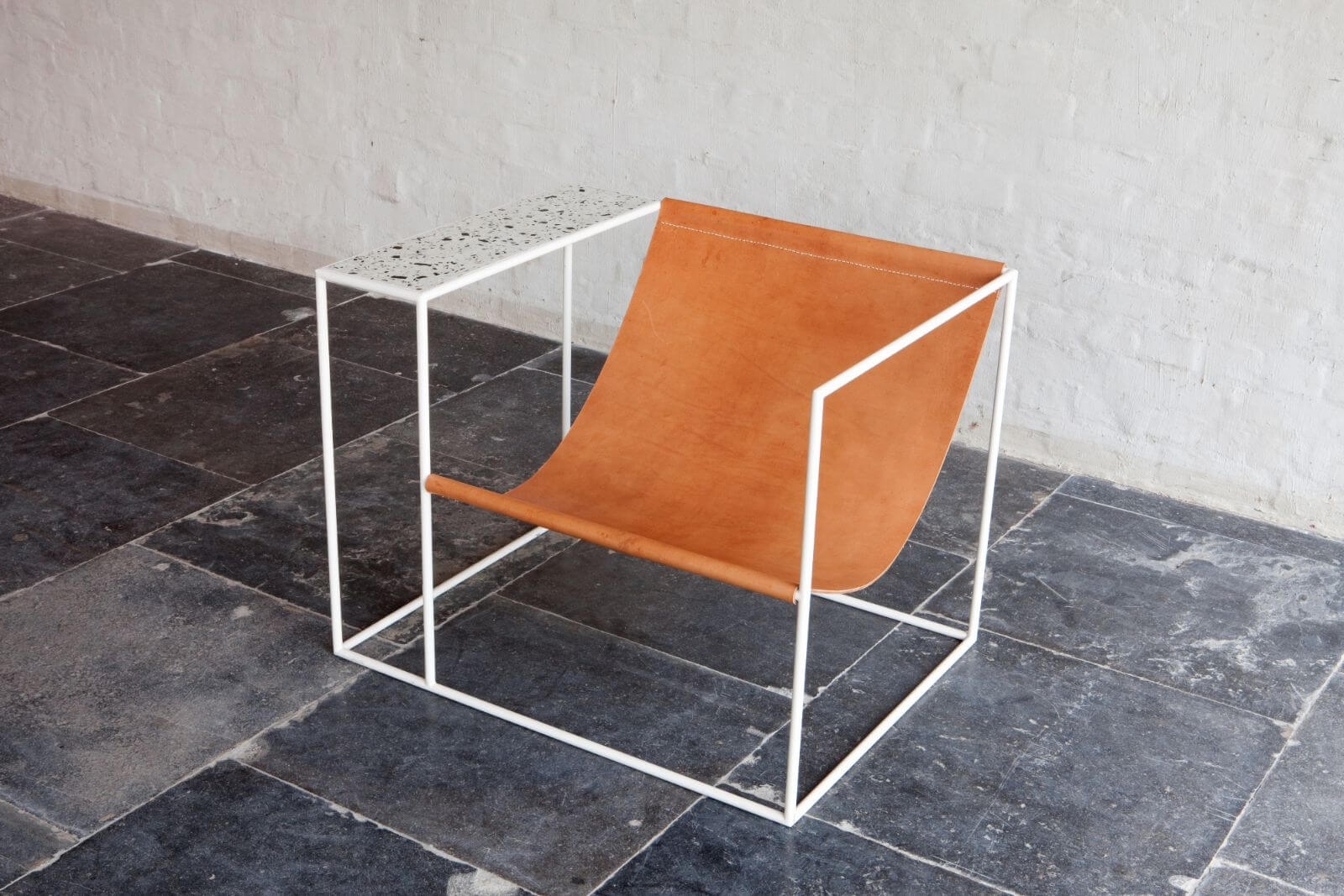
Muller Van Severen at MVS x Viaduct, ‘Solo Seat Granito’, 2012
COURTESY: Viaduct & Muller Van Severen
TDE: Which leads us to you as a collector. You have around 12 pieces in your personal collection to date. How did it start?
James Mair: I never really thought of myself as a collector. Initially, it was more a case of realising people were coming for supper and we needed a couple more chairs. It evolved from there.
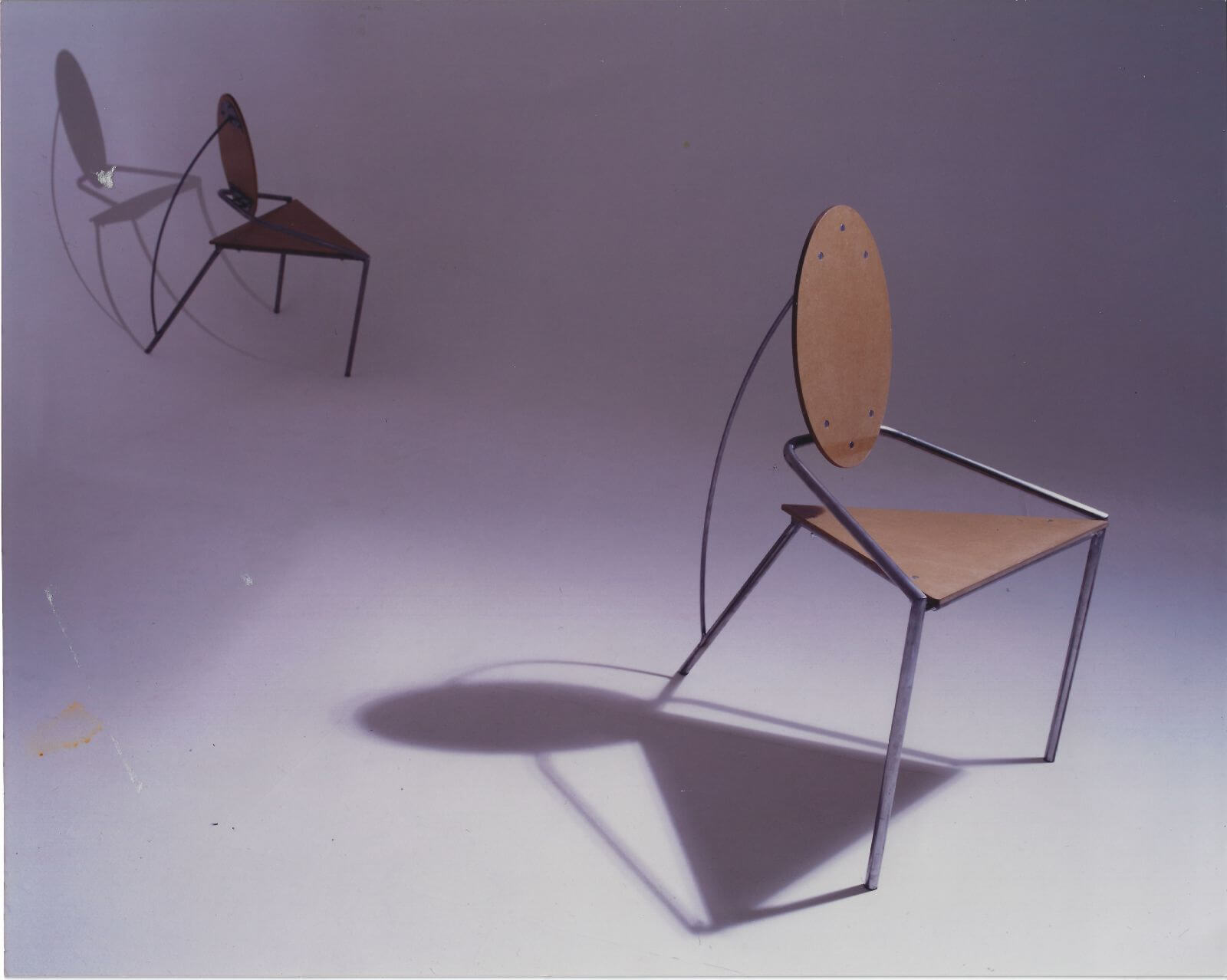
D’Soto, ‘Bow Chair’, 1989
COURTESY: James Mair
TDE: What makes something collectible, rather than just a piece of furniture?
James Mair: It’s all to do with emotion and memories really. You obviously have to like the piece, but then it’s about the place you saw it and the people associated with it. Our dining table, for example, is one Maarten Van Severen made in his workshop. He just sealed it with soap so that it marks and, because the marks fade over time, the memories come and go. I really like that thinking. I also have a D’Soto chair which isn’t very comfortable but is from the showroom launch, and Korean designer Wonmin Park’s ‘Haze Chair’ from our 25th anniversary exhibition. I’d picked him as one of the significant designers of the future. He’s doing very well now.
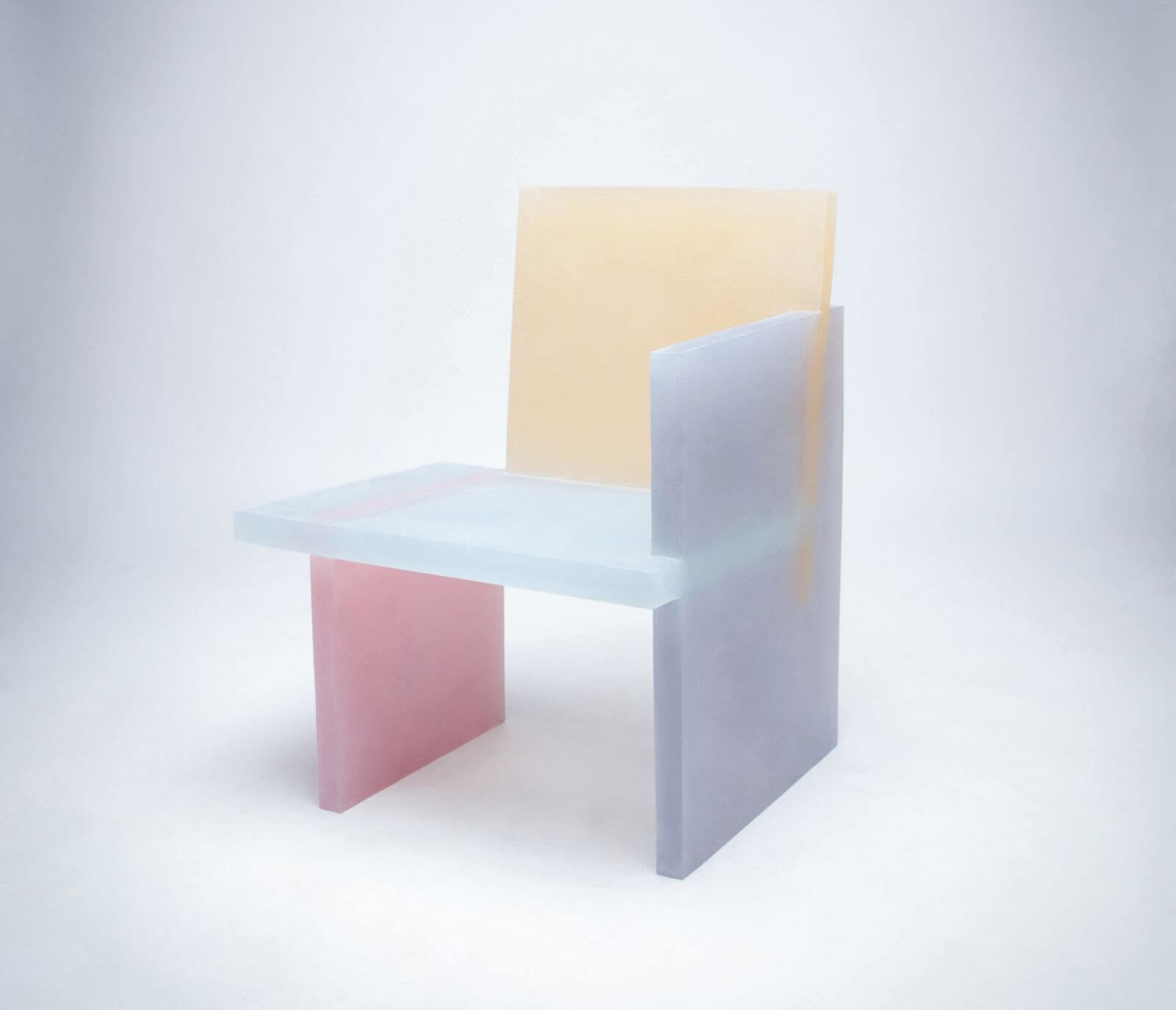
Wonmin Park, ‘Haze’ chair, 2012
COURTESY: James Mair
TDE: Viaduct is now into its fourth decade. What keeps you interested?
James Mair: I’ve been thinking about the vision I had for Viaduct while we’ve been talking and it actually came not so much from the furniture, but that sense you get when you end up sitting round a table with six or eight different nationalities, all chewing the fat and realising that you all share similar problems and interests. So I think the real enthusiasm in the long term has been that communication between nationalities – making the world a smaller place.
‘Muller Van Severen x Viaduct Now and the Future’ opens on 14th September at Viaduct, 1-10 Summers Street, London EC1.
